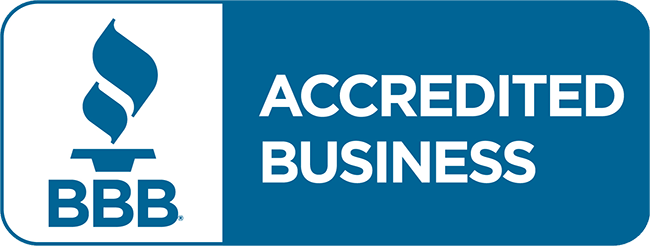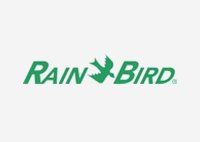Irrigation Tips, Tricks and FAQs
Free New Installation Estimates | 35+ Years of Experience | Quality Installations
Free New Installation Estimates
35+ Years of Experience
Quality Installations
Helpful Tips and Tricks
Below are some helpful tips, tricks and frequently asked questions about irrigation and sprinkler systems. We hope you find this information helpful. If you have any additional questions, please contact Pride Home Services, Inc.
How Often Should My Lawn be Watered?
Most lawns need
1 to 1.5 inches of water per week
— either from rain or watering — to soak the soil that deeply. See watering schedule below for seasonal information.

- Spring/Fall: Water Thoroughly: Rotor zones should run for about 30-40 minutes per zone and spray zones 10-15 minutes per zone. Running your system 2-3 times a week should be sufficient during milder weather.
- Summer: Water Thoroughly: Depending on the sun exposure or shade, or the amount of area to be watered, rotor zones should run for about 45-55 minutes per zone and spray zones 15-20 minutes per zone. During the heat of the season, increase your water times to 3-4 times a week, with occasional “spritzing” in the afternoon to cool the lawn.
- Seeded Lawns: When watering a newly seeded lawn, the key is to keep the top inch of soil consistently moist but not soggy. You will need to mist the seeded area once a day (possibly more if it’s hot and dry outside). Once the seeds start to germinate, continue to keep the top 2” of soil moist until the new grass reaches a mowing height of around 3”. After that, begin to cut back watering to and soak the soil deeper to encourage the grass roots to grow down deep into the soil.
- Newly Sodded Lawns: When watering a newly sodded lawn, the key is to keep the roots wet. You will likely need to water the sodded area at least twice a day (possibly more if it is hot and dry outside). Once the root system begins to grow, continue to keep the top 2” of soil moist until the new grass reaches a mowing height of around 3”. After that, begin to cut back watering to your regular watering times.
- Cool-Season Grass Type:
- Tall fescue has a deep root system and the highest drought tolerance of all the cool-season grass types.
- Lawns that are a mixture of Kentucky bluegrass, perennial ryegrass, and fine fescues will go dormant during drought if not watered but will revive (re-green) when rain returns.
Best Tips on Watering Your Lawn
- Avoid watering daily (see the watering schedule per season above.)
- Water to the bottom of the roots. Roots are shallow in summer and deeper in the spring/fall. Therefore, you should water deeply, but less frequently. Let the soil dry between watering to prevent lawn disease and save water. Lawns need about 1-1.5” of water a week (depending on the season), including rain, to stay green.
- When watering on a slope, use "delayed starts". Run your sprinklers until you notice runoff, then stop. Wait 3 hours, then resume. Look for “Cycle and Soak” on your controller. Aerate to increase infiltration.
- Water in the early morning (4-10am) depending on size of system. This allows the grassroots to absorb water before it evaporates. It also allows the blades to dry, making them less susceptible to foliar diseases.
- Adjust the watering schedule at least once a month through the season. Plants will need less water in the spring and fall than they do from June-August. (See the schedule above).
- On days when temperatures are above or around 90F, run your sprinklers 5-10 minutes per zone in the afternoon to cool the turf and reduce stress. This is called "spritzing," and it reduces the symptoms of summer patch disease.
- Observe your sprinkler system once per month. Look for sprinkler heads that don't turn, that spray into the street or onto a sidewalk, bent or damaged heads, clogged or worn nozzles, turf growth around heads that impede water delivery, puddling and runoff. If you are unable to do this, schedule a service call with PRIDE Home Services.
- Adjust sprinkler heads as your landscape plants grow larger and begin to block the spray pattern or any new installations of benches, decks, etc. can also decrease irrigation efficiency.
- Create water zones by putting plants together that have similar water needs.
- Have a rain shutoff device installed to shut your system down when it rains while your system is running. Call PRIDE Home Services for a price quote.






Share On: